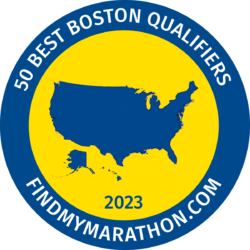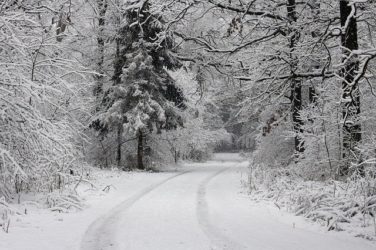“It’s All Downhill from Here! Really.”
In recent years there has been a significant increase in the number of downhill marathons offered in the U.S. Since 2010, the number of downhill marathons has more than doubled and among the 25 largest downhill marathons today, only 11 were held as far back as 2010. In addition, participation in downhill marathons has increased by 40% since 2010 while overall marathon participation in the U.S. has declined during this period.
Whether it is to chase Personal Records, pursue Boston Marathon qualifying times, or to enjoy running in scenic locales, the demand for downhill marathons doesn’t seem like it will slow down anytime soon. In this article, we’ll look at some of the options currently available for those wanting to tackle a downhill marathon, some statistics regarding downhill marathons, and a look at qualifying for Boston at these races.
Downhill All the Way
For runners seeking marathons with huge downhills, you need to look no further than the Revel series of races. This series (7 in the U.S. and one in Canada) boasts the top 7 marathons with the largest difference in the high and low elevations on the course.The new Kulia Marathon in Hawaii leads the way with a jaw-dropping difference of 5,549 feet. At an average downhill grade of 4%, it’s like running down Heartbreak Hill for 26 miles. The Mt. Lemmon (AZ), Big Cottonwood (UT), and Big Bear (CA) all drop over 5,000 feet as well.


East Coast Options
Although most downhill marathons are run in the western U.S., runners east of the Mississippi can also enjoy a few downhill runs close to home. These races generally have a much lower starting elevation, don’t have the steep elevation loses, and have more uphill sections on the course than those in the west.

Can Downhill Marathons help get you Boston Bound?
Of the Top 20 marathons with the highest percentage of Boston qualifiers in 2017, 10 of them were downhill races. Interestingly, four of the races in the top 15 were run on the same or similar course – Tunnel Vision Marathon, Tunnel Marathon, Super Marathon, and Tunnel Light Marathon.

In addition, last year 20.4% of runners in downhill marathons ran Boston qualifying times compared to 8.2% of those who completed non-downhill races.
The average finishing time for runners in the 10 marathons with the largest elevation drops was about 20 minutes faster than the average time for runners on all types of marathon courses. There are several factors that account for this large difference (e.g. attracting more competitive, PR/BQ driven runners), but the speed of downhill courses is a significant variable.

You can filter for downhill marathons on our Location and State Search pages or check out a list of some downhill marathons with elevation information and Boston Qualifying percentages.



